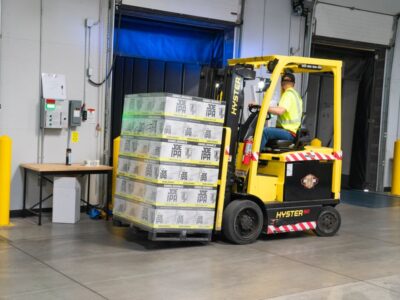 Containers don’t lie, and right now, they’re telling the whole truth about the supply chain bottleneck that importers are dealing with. This holiday season, more than Rudolph’s red nose will be required to lead shippers through the whiteout of congestion in the United States.
Containers don’t lie, and right now, they’re telling the whole truth about the supply chain bottleneck that importers are dealing with. This holiday season, more than Rudolph’s red nose will be required to lead shippers through the whiteout of congestion in the United States.
“Shippers have options [transload/ocean charter and airfreight], but the actual message is to book now, or Christmas may be canceled,” said Brian Bourke, SEKO Logistics’ chief growth officer.
To demonstrate the impact of bottleneck difficulties, American Shipper and ImportGenius looked at Walmart’s summer good imports to see how bad the situation was. Above-ground pools, swimsuits and swim gear, and apparel were separated into three categories.
“One of the most critical parts of a good supply chain is the capacity to stretch the system to accommodate for unexpected disruptions,” Bill Simon, former CEO of Walmart, tells American Shipper. That is what distinguishes Walmart’s distribution. They can alter, flex, or reroute shipments from the port of origin to the stores.”
Summer products from Walmart often arrive in port between January and March, according to Simon. The product is subsequently transported to distribution locations, where it is kept. In April or May, the products are loaded onto store shelves.
Walmart received more than 18,000 above-ground pools between March and July, according to ImportGenius statistics, with 1,131 14-foot Summer Waves Elite frame pools processed by customs as late as June 20.
“This delay is most likely due to congestion caused by the Yantian port closure,” William George, an analyst at ImportGenius, noted.
“The delayed pool supplies look unusual,” Simon said after reviewing the data. Manufacturing or delivery delays can only account for so much merchandise arriving so late.”
Unfortunately, significant port delays are only one of several supply chain interruptions that shippers must contend with.
“Traditionally, a shipment from China to a Midwest distribution facility in the United States might take 25 to 28 days,” said Alan Baer, president of OL USA. “These days, the exact delivery can take anywhere from 50 to 70 days. The delivery time can be doubled or even tripled. Importers will suffer as a result of this. For the regular importer with a defined window to sell their product, that extra delay costs money.
“Walmart has a scale edge over its competitors,” Baer noted. “Even if the pools arrive late, Walmart has the power to redirect them to their Southern locations for sale. On the other hand, the little pool people, who also have delayed deliveries, do not have that ability. If you’re selling a pool in Columbus, Ohio, no one will purchase it in August unless you offer a huge discount.”
Walmart will use the same logistics method to transport and sell late-arriving swimwear and swim gear. Volumes in May and June 2021 were higher than in the same months the previous year.
“From 2015 through 2020, Walmart’s imports of swimsuits and swim gear reveal a clear, cyclical pattern of stocking for the summer season beginning in January and continuing through April,” George said. “While Walmart was able to import a significant portion of their projected inventory in this category on schedule in May and June of 2021, a combination of high demand and congestion hampered their ability to prepare for the summer in advance completely.”
Walmart’s apparel and garment shipments are likewise at historic highs. Pajamas, jogger pants, women’s spandex woven trousers, and boys’ relaxed-fit stretch jeans are the items specified on the bills of lading.
Walmart did not respond to American Shipper’s request for comment.
According to American Shipper, C.H. Robinson, the largest non-vessel-owning importer of commodities from China to the United States, its peak season volumes began early.
Noah Hoffman, C.H. Robinson’s retail expert and vice president of North American Surface Transportation, noted, “We’ve been in the heart of an early peak shipping season for U.S. retailers since April.” “At the time, some of our 7,500 retail clients began placing orders to avoid delivery delays from their Asian manufacturers.”
According to Hoffman, all of the top 25 U.S. retailers are currently moving inventory ahead and ordering far larger quantities than usual in the hopes of receiving at least a portion of it in time for the holidays.
“Our top objective has been to assist our customers in replenishing current inventory, filling shelves for back-to-school purchasing, and bringing in sufficient Christmas product,” Hoffman added. “We’re using our analytics and real-time visibility technology to assist our clients in prioritizing freight, spreading shipments out, and converting modes.”
“The ocean freight holiday peak shipping season started ramping up in June this year, almost two months earlier than usual,” a FedEx representative told American Shipper. We’re seeing an increasing number of retail importers in the United States advance purchase orders and factory production by as much as six to eight weeks.”
SEKO Logistics issued a customer alert asking Midwest and East Coast shippers to ship their containers by Aug. 21 to ensure they get on shop shelves by Nov. 1.
“We gave crucial dates to make sure they were aware that time is running out to get merchandise in stores in the United States and Europe in time for Christmas,” Bourke added. “From a shipping standpoint, the dates are three to four weeks earlier than would be expected in a more regular market and eight weeks earlier from a capacity booking standpoint,” says the checklist.
SEKO isn’t the only one who is wary.
In an email to clients, Jon Monroe of Monroe Consulting warned of a repetition of some shippers experienced last holiday season: Christmas in January.
“There have been incidents of corporations importing products with a total transportation time of more than 100 days (before they arrive in the warehouse).” This may appear to be excessive, but it isn’t. Examine your orders and compute the time it takes for an order to get from cargo ready to the in-distribution center.
“It takes weeks to prebook, weeks to get on a vessel, weeks to get to the terminal after waiting for a berth, and weeks to get to the destination if it’s an interior point Intermodal shipping. It takes weeks to get your stuff off the dock if your destination is Chicago.”
The logistical analysis backs up a June poll performed by the National Retail Federation. It enquired about the ongoing traffic problems as well as high season.
According to Jon Gold, NRF’s vice president of supply chain and customs policy, “a majority of the members who answered acknowledged that they have added more than three weeks to their supply chains.” “More than 70% of respondents said they would move peak-season shipments to July, August, and September, with August potentially being the busiest month.
“We need to find solutions now to solve the difficulties in the short term while also building more resilient supply chains for the future,” says the author. The port congestion challenges we’re dealing with are systemic, and they existed before the pandemic.”
Synopsis based on Freight Wave’s article.


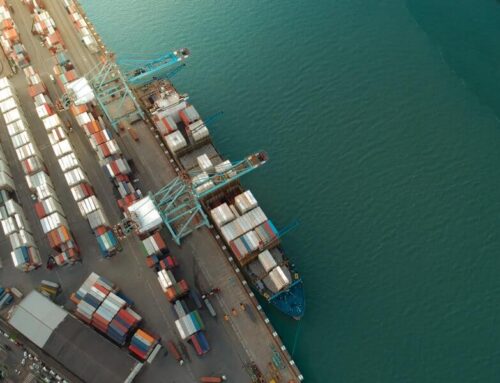
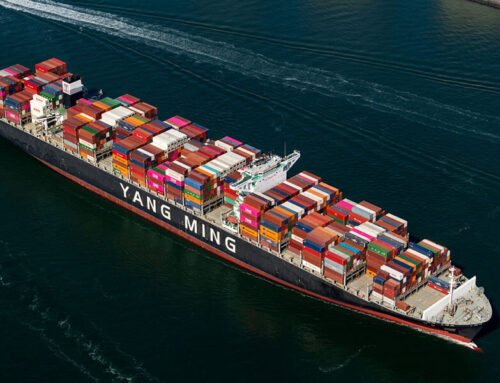
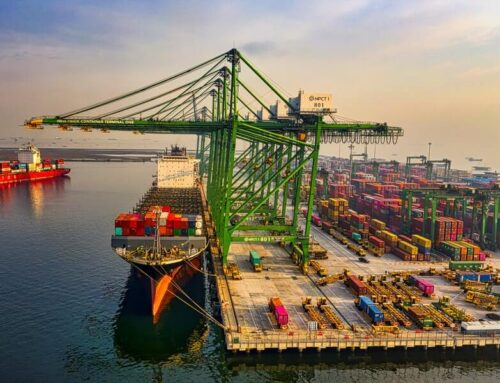
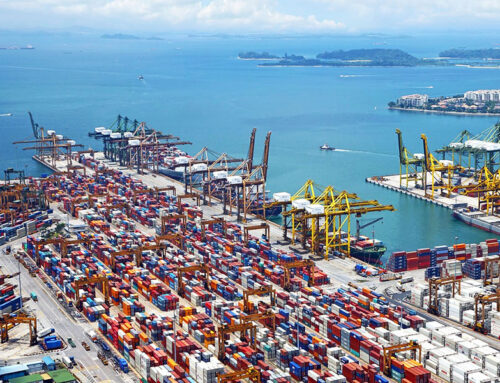
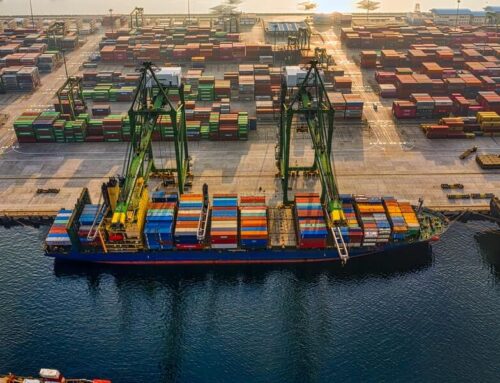
Leave A Comment